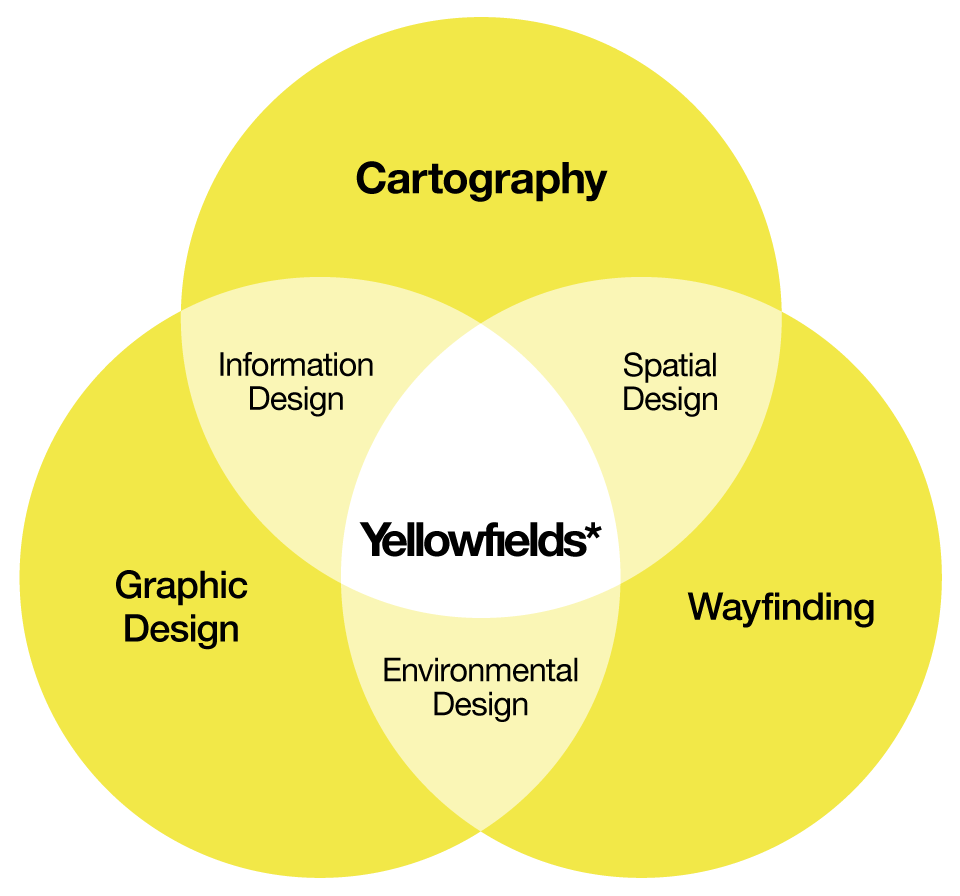Services
Cartography
Mapping environments, experiences and data is core to Jason’s practice. Communicating both physical and digital landscapes, maps are designed and crafted that are topographical, topological, thematic, abstract or artistic in form.
“In a world where more maps are being made than ever before, cartography doesn’t need reinvention; it needs understanding!”
A wide range of tools are employed to examine and manipilate spatial data and generate maps, encompassing geographic information systems (GIS), other spatial data analysis and processing frameworks and toolkits, and professional illustration software.
Graphic Design
Effective visual communication is paramout to connecting with your audience; to fully realise your idea(s), proposal(s) or message(s). Jason can assist with the design and production of technical reports, brochures, leaflets, posters, interpretation, signage and online assets for both print and digital platforms.
“Perfection is achieved not when there is nothing more to add, but when there is nothing left to take away.”
Wayfinding
The visual cues of landmarks, signs, maps, digital information and environmental graphics help us navigate and experience the environments within which we work, live and play; the design of ‘communicative environments’. With a focus on mapping, Jason also designs signs and supporting graphics for the wider wayfinding system, along with (co)authoring wayfinding strategy and implementation guidance.
Multidisciplined
Whilst cartography is the focus and core skill area, Jason is also knowledgeable and experienced in the disciplines of graphic design and wayfinding, and in those intersecting areas of information design—and to a lesser extent—spatial design and environmental design. This multidisciplined (transdisciplinary) approach and practice may perhaps be better described as spatial information design, embracing as it does the core understanding and activities?
